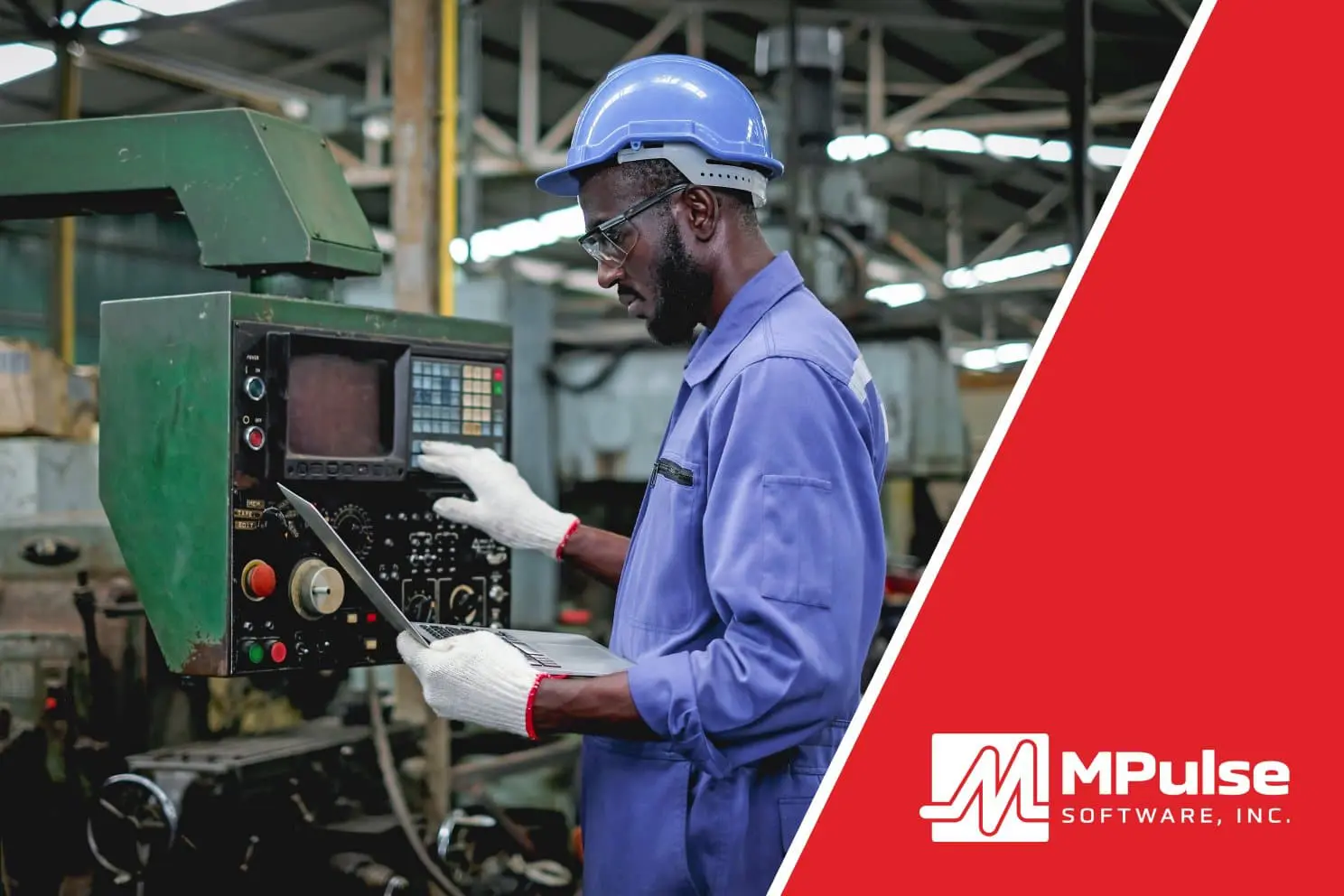Manufacturing facilities use many key performance indicators (KPIs) and other metrics to measure everything from cycle times to throughput to deliveries.
For the maintenance team, manufacturing KPIs evaluate your team’s success in the areas you (or your bosses) care about, giving you a new level of insight on what’s going on in your department.
How to Measure KPIs in a Company
For the maintenance team, CMMS software uses the data gathered in every work order to create meaningful KPIs that tell you about the effectiveness of your maintenance strategies.
First, you’ll want to pick KPIs that measure specific goals. Note that KPIs for your maintenance team may differ from the production team. Common maintenance goals in manufacturing facilities include…
- Reducing downtime
- Expanding planned maintenance programs
- Preventing equipment failures
- Decreasing costs
- Finding bottlenecks
- Tracking time or inventory
- Fine-tuning schedules
- Improving efficiency and productivity.
Next, you’ll want to optimize your CMMS software to make sure you’re gathering the right data to evaluate performance in these specific areas. This data typically includes…
- Equipment records: asset information, including type, make and model, purchase date, associated inventory, location, etc.
- Maintenance records: tasks performed on an asset, including planned maintenance, unplanned repairs, work orders, inventory and supplies used, time required, etc.
- Inventory records: parts and supplies required to perform maintenance tasks, including part information, vendor details, stock levels, reorder points, etc.
This data provides the basis of the KPIs and metrics you’ll track over time, helping you make informed decisions about your operations.
Manufacturing KPI Examples
Six maintenance KPIs that most MPulse customers find handy include…
- Planned Maintenance Percentage: the percentage of the total hours spent on PM maintenance activities over a specific period
- Preventative Maintenance Compliance (PMC): the percentage of scheduled PM tasks that get done in a specific time interval
- Mean Time to Repair (MTTR): the average time to evaluate and repair failed equipment
- Mean Time Between Failures (MTBF): the predicted time between failures of an asset during normal operation
- Overall Equipment Effectiveness (OEE): the percentage of manufacturing time that is truly productive
- Maintenance Backlog: the percentage of uncompleted tasks
Additionally, manufacturing facilities may track other metrics or KPIs that apply specifically to this field…
- Total Cycle Time: the total time interval between start and finish of all operations, which shows how efficient a machine is
- Throughput: the rate of the number of units produced over time, either on a specific machine or line
- Capacity Utilization: a machine producing goods at an ideal cycle time is running at 100% capacity, so a lower percentage indicates available capacity
- Yield: a measure of quality and performance to identify processes that require substantive re-work, which will affect throughput and influence total cycle times
- Total Scrap / Total Product Run: percentage of discarded or rejected material from the manufacturing process, measured in either units or volume
- Availability: the measure of machine uptime and downtime, with the goal of identifying the causes of downtime to determine ways to reduce it
These manufacturing KPIs are common, but you can track many more in MPulse Maintenance Software. Over time, MPulse helps you pinpoint trends and determine what areas need more attention. You also can create benchmarks to measure current performance against historic performance or goals.
Have questions about setting up KPIs in CMMS software? Contact us. We can help.


